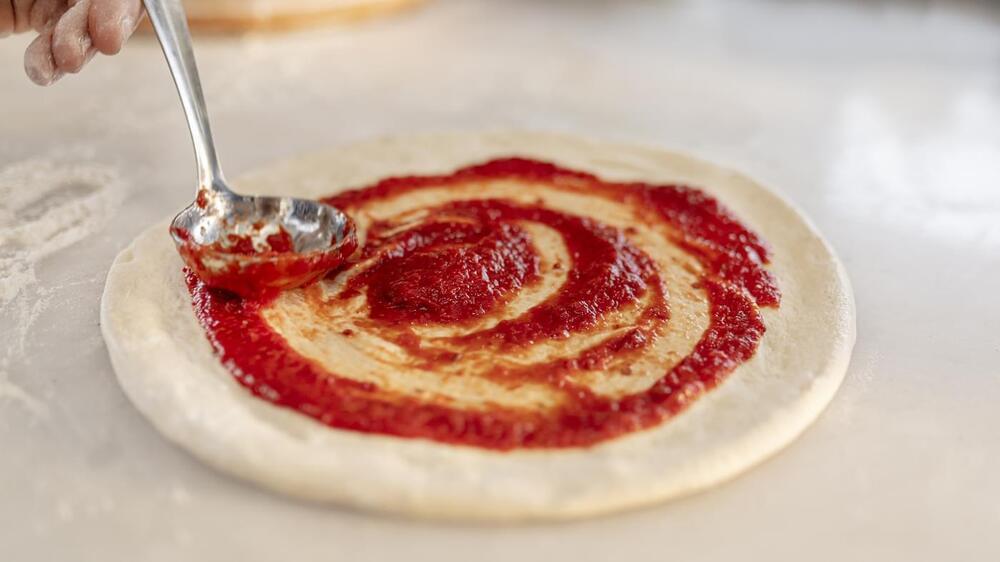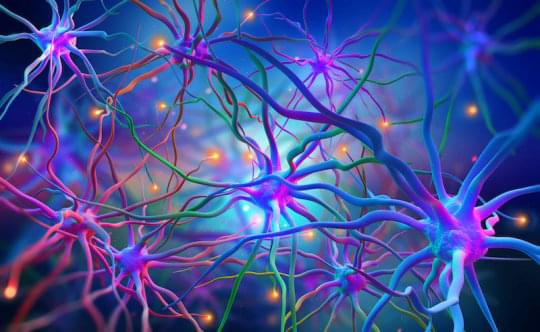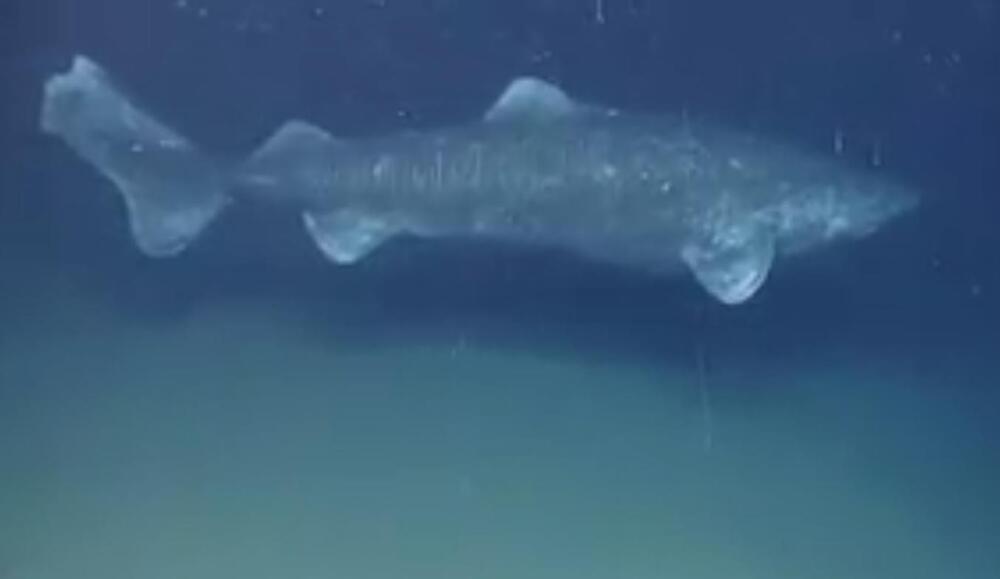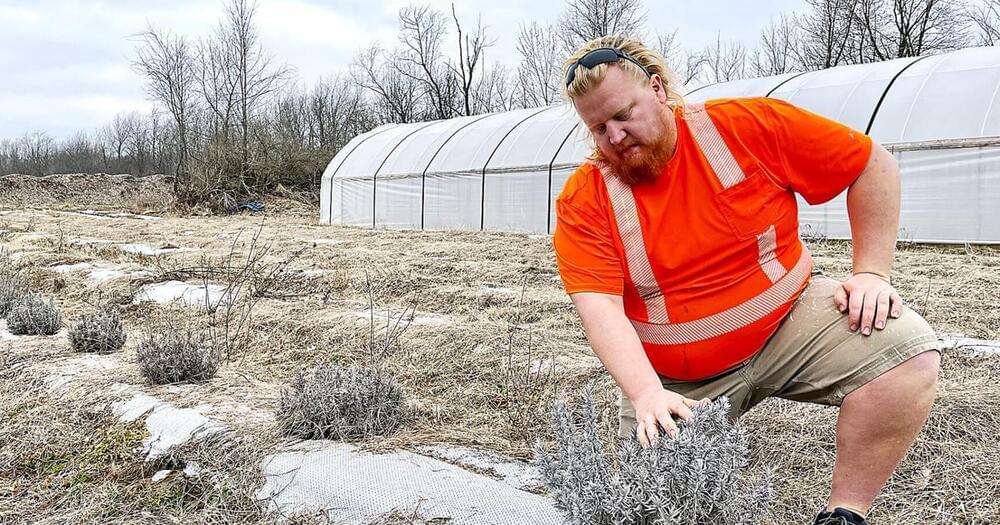An Evansville man spent his 27th birthday building a hydroponic farm at Tepe Park to help feed the community.



Ernesto Di Maio is severely allergic to the yeast in leavened foods. “I have to go somewhere and hide because I will be fully covered with bumps and bubbles on the whole body,” he says. “It’s really brutal.”
Di Maio is a materials scientist at the University of Naples Federico II where he studies the formation of bubbles in polymers like polyurethane. He’s had to swear off bread and pizza, which can make outings in Italy a touch awkward. “It’s quite hard in Naples not to eat pizza,” he explains. “People would say, ‘Don’t you like pizza? Why are you having pasta? That’s strange.’”
So Di Maio put Iaccarino and another graduate student, Pietro Avallone, to work on a project to make pizza dough without yeast. The results of this scientific and culinary experiment are published in Tuesday’s edition of Physics of Fluids. Di Maio pulled in another colleague: chemical engineer Rossana Pasquino who studies the flow of materials, everything from toothpaste to ketchup to plastics. “Pizza [dough] is a funny material,” she explains, “because it flows, but it has to be also like rubber. It has to be elastic enough [when it’s cooked] to be perfect when you eat it.” — I had to post this because I love Pizza.
Bread geeks, take note! The new technique, developed in a lab in Naples, involves the smart application of materials science and physics to make airy, bubbly dough without fermentation.

Li and his colleagues found that the animals’ social ranking in the group was closely linked to the results of competition, and by examining recordings from neurons in the brains of mice in real time, the team discovered that neurons in the anterior cingulate region of the brain store this social ranking information to inform upcoming decisions.
“Collectively, these neurons held remarkably detailed representations of the group’s behavior and their dynamics as the animals competed together for food, in addition to information about the resources available and the outcome of their past interactions,” explains senior author Ziv M. Williams, MD, a neurosurgical oncologist at MGH. “Together, these neurons could even predict the animal’s own future success well before competition onset, meaning that they likely drove the animals’ competitive behavior based on whom they interacted with.”
Manipulating the activity of these neurons, on the other hand, could artificially increase or decrease an animal’s competitive effort and therefore control their ability to successfully compete against others. “In other words, we could tune up and down the animal’s competitive drive and do so selectively without affecting other aspects of their behavior such as simple speed or motivation,” says Williams.
American Robotics CEO Reese Mozer has no beef with drone deliveries, but he thinks all the hoopla surrounding aerial transport of burgers and burritos is drowning out news about farther-reaching UAV activities that are dramatically changing the way businesses operate. He tells DroneDJ about that transformative innovation, and how American Robotics’s (AR) leading role in the complete automation of critical drone services to industry is set to take wing.
Nevertheless, Mozer adds, that action manages to generate sufficient media and public excitement to divert attention from the more complex, vital, and – in total financial terms – valuable surveying and inspection services drone automation provides heavy industry, energy, railroad, and infrastructure operators. And that’s precisely the UAV sector activity he predicts will begin taking off and turning heads this year.

Your appliances, car and home are designed to make your life easier and automate tasks you perform daily: switch lights on and off when you enter and exit a room, remind you that your tomatoes are about to go bad, personalize the temperature of the house depending on the weather and preferences of each person in the household.
To do their magic, they need the internet to reach out for help and correlate data. Without internet access, your smart thermostat can collect data about you, but it doesn’t know what the weather forecast is, and it isn’t powerful enough to process all of the information to decide what to do.
But it’s not just the things in your home that are communicating over the internet. Workplaces, malls and cities are also becoming smarter, and the smart devices in those places have similar requirements. In fact, the Internet of Things (IoT) is already widely used in transport and logistics, agriculture and farming, and industry automation. There were around 22 billion internet-connected devices in use around the world in 2018, and the number is projected to grow to over 50 billion by 2030.
Officials and engineers at Kawasaki have unveiled Bex, a quadruped robot that can walk, roll around and even carry a human passenger on its back—at this year’s 2022 International Robot Exhibition in Tokyo. At the exhibition, Bex was configured to look like an Ibex, a type of wild goat, which is where it gets its name.
Bex was created as part of an effort at Kawasaki the company calls a “robust humanoid platform” with a project called Kaleido. Most such efforts from the project have involved robots that are halfway between human-like robots and wheeled bots. Bex appears to be an aberration—it is a quadruped with wheels on its knees. The robot can walk around, similar in many respects to a quadruped from Boston Dynamics, though much slower. But it also squats down to its knees, locks its joints and fires up a motor that drives the robot around like a car. Bex can also carry cargo (up to 100 kilograms) such as crops or humans. At the exhibition, Bex was mounted by an engineer and ridden in circles like a pony. The team at Kawasaki has also made the robot a little glitzier than many of its competitors—it has flashing lights that run up and down its neck and antlers.
Officials with Kawasaki noted at the show that the robot’s head can be replaced with other suitable alternatives such as a horse’s head or even nothing at all. They also noted that Bex has been engineered to move quickly in its wheeled configuration and that the walking configuration is to deal with uneven terrain. Also, the team put stability at the forefront. When the robot is rolling, all of its wheels are always on the ground, and when it is walking, its gait keeps at least two feet on the ground. This reduced computation requirements and made the robot safer to use around humans.


ANDERSON — For Sam Johnson, organic farming isn’t only a practical way of protecting the environment. It’s also a vital part of a healthy lifestyle.
“My main reason for doing it is just to get away from all these problems we’re having with herbicide and pesticide resistance,” Johnson said. “We’re just getting back to the natural ways our bodies process food.”
Organic farming is becoming undeniably more mainstream in the U.S. agriculture industry. According to an analysis of data in the USDA’s 2019 Survey of Organic Agriculture by Commodity.com, the number of organic farms in the U.S. rose by more than 50% in the last decade. The country’s estimated 16,500 organic farms now cover about 5.5 million acres, a 38% increase from 2008.
Automation will create new types of jobs.
Delivery robots seem to be everywhere these days. Keeping them out of trouble are human minders who might need to hop on a bike to finish the delivery themselves.
Quantum computers are getting bigger, but there are still few practical ways to take advantage of their extra computing power. To get over this hurdle, researchers are designing algorithms to ease the transition from classical to quantum computers. In a new study in Nature, researchers unveil an algorithm that reduces the statistical errors, or noise, produced by quantum bits, or qubits, in crunching chemistry equations.
Developed by Columbia chemistry professor David Reichman and postdoc Joonho Lee with researchers at Google Quantum AI, the algorithm uses up to 16 qubits on Sycamore, Google’s 53-qubit computer, to calculate ground state energy, the lowest energy state of a molecule. “These are the largest quantum chemistry calculations that have ever been done on a real quantum device,” Reichman said.
The ability to accurately calculate ground state energy, will enable chemists to develop new materials, said Lee, who is also a visiting researcher at Google Quantum AI. The algorithm could be used to design materials to speed up nitrogen fixation for farming and hydrolysis for making clean energy, among other sustainability goals, he said.